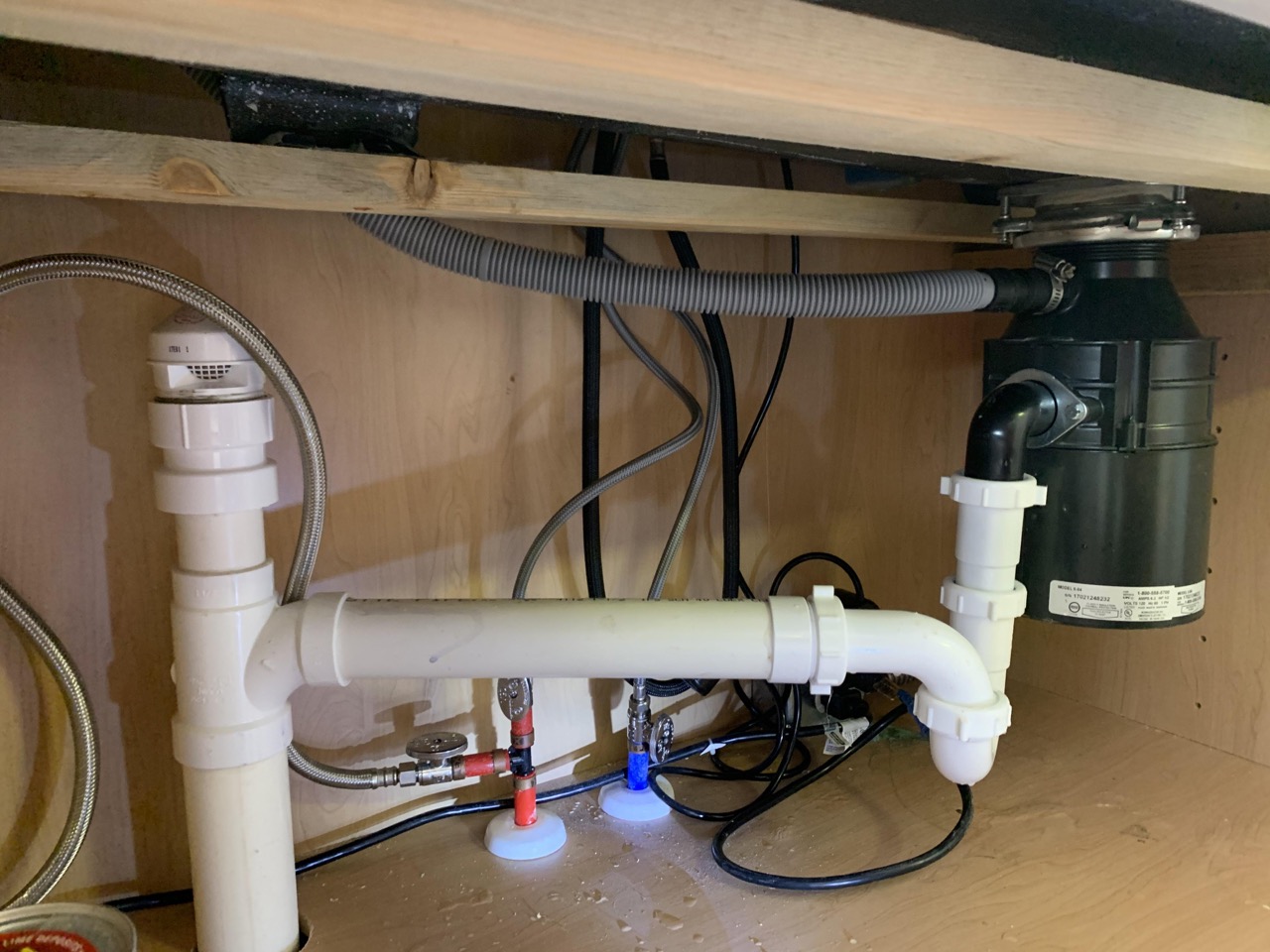

Articles
Where Is The Dishwasher Drain
Modified: October 20, 2024
Discover the answer to where the dishwasher drain is located in this informative article. Find step-by-step instructions and helpful tips on troubleshooting common issues.
(Many of the links in this article redirect to a specific reviewed product. Your purchase of these products through affiliate links helps to generate commission for Storables.com, at no extra cost. Learn more)
Introduction
Welcome to our comprehensive guide on the importance and location of the dishwasher drain. A properly functioning dishwasher drain is vital for the efficient operation of your dishwasher and to maintain the cleanliness and functionality of your kitchen. In this article, we will explore the different locations where you can find the dishwasher drain, signs of a clogged drain, and methods to unclog and maintain it.
Have you ever wondered where all the water from your dishwasher goes after each cycle? It’s the dishwasher drain that whisks away all the dirty water and food particles, ensuring that your dishes come out sparkling clean. Without a functioning drain, your dishwasher would be rendered useless, leaving you with a pile of dirty dishes.
Let’s dive into the importance of a dishwasher drain, starting with why it’s crucial to have a properly functioning one in your kitchen.
Key Takeaways:
- Proper maintenance of the dishwasher drain is essential to prevent clogs, foul odors, and incomplete cleaning. Regular inspection, cleaning, and following maintenance tips can ensure a smoothly functioning dishwasher.
- Signs of a clogged dishwasher drain include poor drainage, water backups, foul odors, and increased noise during operation. Prompt action and various unclogging methods can restore the drain’s functionality.
Read more: How To Connect A Dishwasher Drain
Importance of a Dishwasher Drain
The dishwasher drain plays a crucial role in the functioning of your dishwasher. Its primary purpose is to remove dirty water, food debris, and other waste materials from the dishwasher after each cycle. Here are some key reasons why the dishwasher drain is so important:
- Prevents clogs: The dishwasher drain prevents clogs by ensuring that water and debris flow out of the dishwasher effectively. Without a functioning drain, water can pool at the bottom of the dishwasher, leading to clogs and potentially causing damage to the appliance.
- Promotes cleanliness: A properly working drain ensures that dirty water and food particles are removed, leaving your dishes clean and sanitized. It prevents the buildup of grime and odors that can occur when waste materials are not effectively drained.
- Protects the dishwasher: When the dishwasher drain is functioning properly, it helps to protect the internal components of the dishwasher from damage. Without a drain, water and debris can accumulate in the machine, potentially leading to corrosion, leaks, and other issues.
- Prevents backflow: The dishwasher drain is designed to prevent backflow, which occurs when water from the drain flows back into the dishwasher. Backflow can contaminate your clean dishes and result in unhygienic conditions in your kitchen.
- Promotes efficient operation: A well-maintained dishwasher drain allows the dishwasher to operate efficiently. When water is drained properly, the dishwasher can run its cycles effectively, saving you time and energy.
Now that we understand the importance of a dishwasher drain, let’s explore the common locations where you can find it in your kitchen.
Common Drain Locations
The dishwasher drain can be found in various locations depending on the design and layout of your kitchen. Let’s take a look at the most common drain locations:
- Under the Sink: One of the most common locations for the dishwasher drain is beneath the kitchen sink. In this setup, the dishwasher drain hose is usually connected to the sink’s drainpipe or the garbage disposal unit. Look for a hose running from the dishwasher and into the cabinet beneath the sink. The hose is typically secured with clamps or zip ties.
- Behind the Dishwasher: In some kitchens, the dishwasher drain can be located behind the dishwasher itself. In this case, the drain hose will connect directly to the plumbing system or drainpipe. To access the drain, you may need to move the dishwasher out from its cabinet or remove the bottom access panel.
- External Drain Hose: In certain setups, the dishwasher may have an external drain hose that is connected to a dedicated drainpipe or floor drain. This is often seen in commercial kitchens or homes where the dishwasher is located separately from the kitchen sink. The external drain hose is typically visible and may be secured to the wall or floor with clips.
These are the most common locations where you can find the dishwasher drain. It’s important to note that the exact location may vary, depending on the specific design of your dishwasher and plumbing system.
Now that we know where to find the dishwasher drain, let’s move on to inspecting the drain for any potential issues or clogs.
Under the Sink
One of the most common locations to find the dishwasher drain is under the kitchen sink. In this setup, the dishwasher drain hose is typically connected to either the sink’s drainpipe or the garbage disposal unit. Here’s what you need to know about the dishwasher drain under the sink:
1. Dishwasher Drain Hose: Look for a hose running from the dishwasher and into the cabinet beneath the sink. The drain hose is usually made of flexible plastic or rubber material and is secured with clamps or zip ties. It’s essential to ensure that the hose is properly connected and not kinked or damaged, as this can lead to drainage issues.
2. Connection to Sink Drainpipe: In many cases, the dishwasher drain hose will be connected to the sink’s drainpipe. You can identify this connection by locating a small branch or tube attached to the drainpipe, specifically designed for the dishwasher drain. Make sure this connection is secure and free from any leaks.
3. Connection to Garbage Disposal Unit: If you have a garbage disposal unit installed beneath your sink, it’s common for the dishwasher drain hose to be connected to it. Look for a small tube or pipe coming out of the disposal unit specifically labeled for the dishwasher drain. Ensure that the connection is tightly secured and there are no leaks.
4. Double Check Valve: Some dishwasher drain setups may include a double check valve under the sink. This valve prevents the backflow of water from the sink into the dishwasher. Inspect the valve to ensure that it is functioning properly and not causing any drainage issues.
5. Drain Trap: Another component to be aware of under the sink is the drain trap. This U-shaped pipe is designed to prevent sewer gases from entering your kitchen and helps to trap debris that may accidentally go down the drain. Make sure the drain trap is clean and clear of any blockages that could hinder the dishwasher drain’s functionality.
Inspecting the dishwasher drain under the sink is an important step in troubleshooting any drainage issues and ensuring the smooth operation of your dishwasher. In the next section, we’ll explore the dishwasher drain located behind the dishwasher.
Behind the Dishwasher
In some kitchens, the dishwasher drain can be located behind the dishwasher itself. This setup may require you to move the dishwasher out from its cabinet or remove the bottom access panel to access the drain. Here’s what you need to know about the dishwasher drain located behind the dishwasher:
1. Dishwasher Drain Hose: Behind the dishwasher, you’ll find the dishwasher drain hose connecting the appliance to the plumbing system or drainpipe. The hose is typically made of a flexible material, such as plastic or rubber, and is secured with clamps or zip ties. Ensure that the hose is properly connected and free from any damage or obstructions.
2. Connection to Plumbing System: The dishwasher drain hose will be connected to the plumbing system or drainpipe behind the dishwasher. It’s crucial to check this connection to ensure it’s secure and not causing any leaks. Look for any signs of water damage or pooling water in this area, which may indicate a faulty connection.
3. Access Panel: Some dishwashers have a removable access panel at the front or bottom of the appliance. This panel allows you to easily access the dishwasher drain and other components for maintenance and troubleshooting purposes. If your dishwasher has an access panel, remove it to have a clear view of the drain behind the appliance.
4. Dishwasher Installation: When reinstalling the dishwasher after inspecting the drain, ensure that it is properly aligned and level. Misaligned or tilted dishwashers can cause poor drainage and operational issues. Follow the manufacturer’s instructions or consult a professional if you’re unsure about the correct installation process.
Inspecting the dishwasher drain behind the dishwasher is necessary to troubleshoot drainage problems and ensure the smooth functioning of your appliance. In the next section, we’ll explore the option of an external drain hose for the dishwasher.
Read more: How To Drain Ge Dishwasher
External Drain Hose
In certain setups, the dishwasher may have an external drain hose that is connected to a dedicated drainpipe or floor drain. This is commonly found in commercial kitchens or homes where the dishwasher is located separately from the kitchen sink. Here’s what you need to know about the external drain hose:
1. Visible Drain Hose: In this setup, the external drain hose is usually visible and may be secured to the wall or floor with clips or brackets. Look for a hose coming out from the back or side of the dishwasher and follow it to its connection point.
2. Dedicated Drainpipe or Floor Drain: The external drain hose is typically connected to a dedicated drainpipe or floor drain specifically designed for the dishwasher. These drain systems are separate from the kitchen sink’s drainage system. Ensure that the connection is secure and free from any leaks.
3. Proper Gradient: It’s important to ensure that the external drain hose has a proper gradient or slope. This allows gravity to assist in the flow of water and waste materials out of the dishwasher. A slight downward slope is ideal to prevent any backflow or pooling of water in the dishwasher.
4. Drain Hose Length: The length of the external drain hose can vary depending on the distance between the dishwasher and the drainpipe or floor drain. Make sure that the hose is not excessively long or tightly coiled, as this can impede proper drainage. If needed, you can use hose extensions or couplers to connect additional lengths of hose.
Inspecting the external drain hose is crucial to ensure that it is properly connected and free from any obstructions or leaks. It’s also important to confirm that the dedicated drainpipe or floor drain is functioning properly. Regularly check the hose and its connections to prevent any potential issues from arising.
Now that we’ve explored the common locations of the dishwasher drain – under the sink, behind the dishwasher, and the option of an external drain hose – let’s move on to inspecting the drain itself for any signs of clogs or blockages.
The dishwasher drain is typically located under the kitchen sink. Look for a flexible hose coming from the dishwasher and connecting to the sink’s plumbing system. If you’re having trouble finding it, consult the dishwasher’s manual for specific instructions.
Inspecting the Drain
Inspecting the dishwasher drain is an essential step in troubleshooting any drainage issues and ensuring that the dishwasher functions properly. Here are the steps to follow when inspecting the drain:
- Turn off the power: Before inspecting the dishwasher drain, it’s important to turn off the power supply. This will prevent any accidental operation of the dishwasher and ensure your safety.
- Remove any standing water: If there is any standing water in the dishwasher, use a sponge or a towel to remove it. Clearing out the water will provide a better view of the drain and any potential clogs.
- Check the drain filter: Many dishwashers have a drain filter or basket that collects larger food particles and debris. Locate the filter, usually at the bottom of the dishwasher, and inspect it for any blockages or buildup. Remove and clean the filter if necessary.
- Inspect the drain hose: Examine the dishwasher drain hose for any kinks, clogs, or damage. Ensure that the hose is properly connected to the dishwasher and the plumbing system or drainpipe. If there are any issues, resolve them accordingly.
- Use a flashlight: Shine a flashlight into the dishwasher drain to get a clear view of the interior. Look for any obvious clogs or obstructions, such as food particles or foreign objects. Use a long, flexible brush or a pipe cleaner to gently remove any visible debris.
- Run water through the drain: To further inspect the drain’s functionality, run water through it. Start by pouring a small amount of water into the dishwasher and observe how it flows out through the drain. Ideally, the water should drain quickly and smoothly without any backups or overflows.
- Check for leaks: While running water through the drain, keep an eye out for any leaks or dripping water. Leaks can indicate loose connections or damaged components that need to be addressed.
By following these steps, you can identify any potential issues with the dishwasher drain and take the necessary measures to unclog or fix it. In the next section, we’ll discuss the common signs of a clogged dishwasher drain.
Signs of a Clogged Drain
A clogged dishwasher drain can cause various issues and disrupt the proper functioning of your dishwasher. It’s important to be aware of the signs that indicate a potential clog in the drain. Here are some common signs of a clogged dishwasher drain:
- Poor drainage: One of the first and most noticeable signs of a clogged dishwasher drain is poor drainage. You may notice that the water is slow to drain from the dishwasher after each cycle, or it may not drain at all. This can result in standing water at the bottom of the dishwasher.
- Water backups: A clogged dishwasher drain can cause water backups, where water starts to overflow from the dishwasher. You may notice water coming up through the sink drain or even pooling on the kitchen floor near the dishwasher.
- Foul odors: Accumulated food particles and debris in the clogged drain can lead to unpleasant odors emanating from the dishwasher. If you notice persistent foul smells when the dishwasher is in use or even when it is empty, it may indicate a clogged drain.
- Increased noise: The water trying to force its way through a clogged drain may result in increased noise during the dishwasher’s operation. You might hear gurgling sounds, rattling, or rumbling noises that are not typical when the drain is clear.
- Incomplete cleaning: If your dishwasher is unable to effectively clean your dishes as it normally does, it could be a sign of a clogged drain. Insufficient drainage can prevent the dishwasher from properly rinsing and removing food debris from your dishes.
- Standing water: If you open your dishwasher after a cycle and notice standing water at the bottom, it likely indicates a clogged drain. This standing water can harbor bacteria and can potentially cause damage to the dishwasher if not addressed promptly.
- Backflow into the sink: In some cases, a clogged dishwasher drain can cause backflow, where dirty water from the dishwasher flows back into the sink. This can contaminate your clean dishes and create unhygienic conditions.
If you observe any of these signs, it’s essential to take action to unclog the dishwasher drain and restore its proper functionality. In the next section, we’ll explore various methods to unclog the dishwasher drain.
Unclogging the Dishwasher Drain
If you’re experiencing a clogged dishwasher drain, it’s crucial to address the issue promptly to restore normal operation. Here are several methods you can try to unclog your dishwasher drain:
- Boiling water: Start by pouring boiling water into the dishwasher drain. This can help dissolve and dislodge any grease or food particles that may be causing the clog. Repeat the process a few times if necessary.
- Vinegar and baking soda: Create a mixture of equal parts vinegar and baking soda. Pour this mixture into the drain and let it sit for about 15 minutes. Then, flush the drain with hot water. The vinegar and baking soda combination can help break down debris and clear the clog.
- Plunger: If the clog persists, you can try using a plunger specifically designed for sinks or drains. Ensure that the dishwasher is empty of any water before attempting this method. Place the plunger over the drain, creating a seal, and firmly plunge up and down to dislodge the clog.
- Cable auger or drain snake: Another effective tool for unclogging drains is a cable auger or drain snake. Insert the end of the auger or snake into the drain and rotate it while pushing it forward. This can help break up and remove any stubborn clogs that are causing the drainage issue.
- Professional help: If the above methods do not resolve the clog, or if you’re uncomfortable attempting them yourself, it’s recommended to seek the assistance of a professional plumber. They have the expertise and tools to effectively unclog the dishwasher drain.
Remember to always follow safety precautions when attempting to unclog the dishwasher drain. If you’re unsure or concerned about potential damage to your dishwasher or plumbing system, it’s best to consult a professional.
Now that we’ve explored methods to unclog the dishwasher drain, let’s move on to maintenance tips to keep your dishwasher drain running smoothly.
Read more: How To Drain Dishwasher Manually
Maintenance Tips for the Dishwasher Drain
Keeping the dishwasher drain in good condition is essential for its proper functioning and longevity. Here are some maintenance tips to help maintain a clear and efficient dishwasher drain:
- Regularly clean the drain filter: Most dishwashers have a drain filter or basket that traps larger food particles and debris. It’s important to remove and clean this filter regularly to prevent clogs. Follow the manufacturer’s instructions on how to remove and clean the filter properly.
- Scrape excess food before loading dishes: Before loading dishes into the dishwasher, scrape off any excess food particles. This helps prevent the drain from getting clogged with large food debris.
- Rinse dishes before loading: Rinse the dishes with water to remove any loose food particles before loading them into the dishwasher. This reduces the amount of debris that can accumulate and potentially clog the drain.
- Run hot water before starting the dishwasher: Before starting the dishwasher, run hot water in the sink for a few minutes. This helps ensure that hot water flows into the dishwasher, which can aid in dissolving grease and facilitating better drainage.
- Avoid using excess detergent: Using too much detergent can create excess suds and residue, which can lead to clogs in the dishwasher drain. Follow the manufacturer’s guidelines for the recommended amount of detergent to use for each cycle.
- Inspect the drain hose: Regularly check the dishwasher drain hose for any kinks, clogs, or signs of wear. Ensure that the hose is properly connected and free from any obstructions. Replace the hose if you notice any significant damage.
- Run a maintenance cycle: Some dishwashers have a maintenance or cleaning cycle specifically designed to clean the interior and clear any buildup in the drain. Consult your dishwasher’s manual to see if it has this feature and run it periodically, following the manufacturer’s instructions.
- Schedule professional maintenance: Consider scheduling regular maintenance visits from a professional appliance technician. They can inspect and clean the dishwasher drain, ensuring optimal performance and identifying any potential issues before they become major problems.
By following these maintenance tips, you can help prevent clogs and ensure that your dishwasher drain remains clear and functioning properly. Regular care and attention to the drain can extend the lifespan of your dishwasher and save you from potential repair costs.
Now that we’ve covered maintenance tips, let’s conclude this article on the importance and maintenance of the dishwasher drain.
Conclusion
Ensuring the proper function of the dishwasher drain is crucial for a clean and efficient kitchen. A clogged dishwasher drain can lead to poor drainage, water backups, foul odors, and incomplete cleaning of dishes. By understanding the importance of the dishwasher drain, knowing its common locations, and being aware of signs of a clog, you can take the necessary steps to maintain its functionality.
Inspecting the dishwasher drain and addressing any clogs promptly is essential. You can try various methods to unclog the drain, such as using boiling water, vinegar and baking soda, a plunger, or a cable auger. If these methods are unsuccessful or if you’re unsure about tackling the issue yourself, it’s best to seek the assistance of a professional plumber.
To prevent future clogs and maintain the dishwasher drain, implement regular maintenance practices. This includes cleaning the drain filter, scraping excess food from dishes, rinsing dishes before loading, running hot water before starting the dishwasher, and avoiding excessive detergent usage. Additionally, inspecting the drain hose, running maintenance cycles, and considering professional maintenance visits can help keep the dishwasher drain clear and functioning optimally.
By following these guidelines, you can ensure a clean and efficient dishwasher and a smooth operation of your kitchen. Remember, a well-maintained dishwasher drain not only saves you time and money but also contributes to a cleaner and healthier kitchen environment.
Thank you for reading our comprehensive guide on the importance and maintenance of the dishwasher drain. We hope this article has provided you with valuable insights and knowledge to keep your dishwasher running smoothly for years to come.
Now that you've got a handle on keeping your dishwasher drain in tip-top shape, why not turn your attention to optimizing another vital part of your home? For those who dream of a sleek, clutter-free kitchen, our next piece offers expert advice on kitchen design, ensuring every inch of your kitchen works just as hard as you do.
Frequently Asked Questions about Where Is The Dishwasher Drain
Was this page helpful?
At Storables.com, we guarantee accurate and reliable information. Our content, validated by Expert Board Contributors, is crafted following stringent Editorial Policies. We're committed to providing you with well-researched, expert-backed insights for all your informational needs.
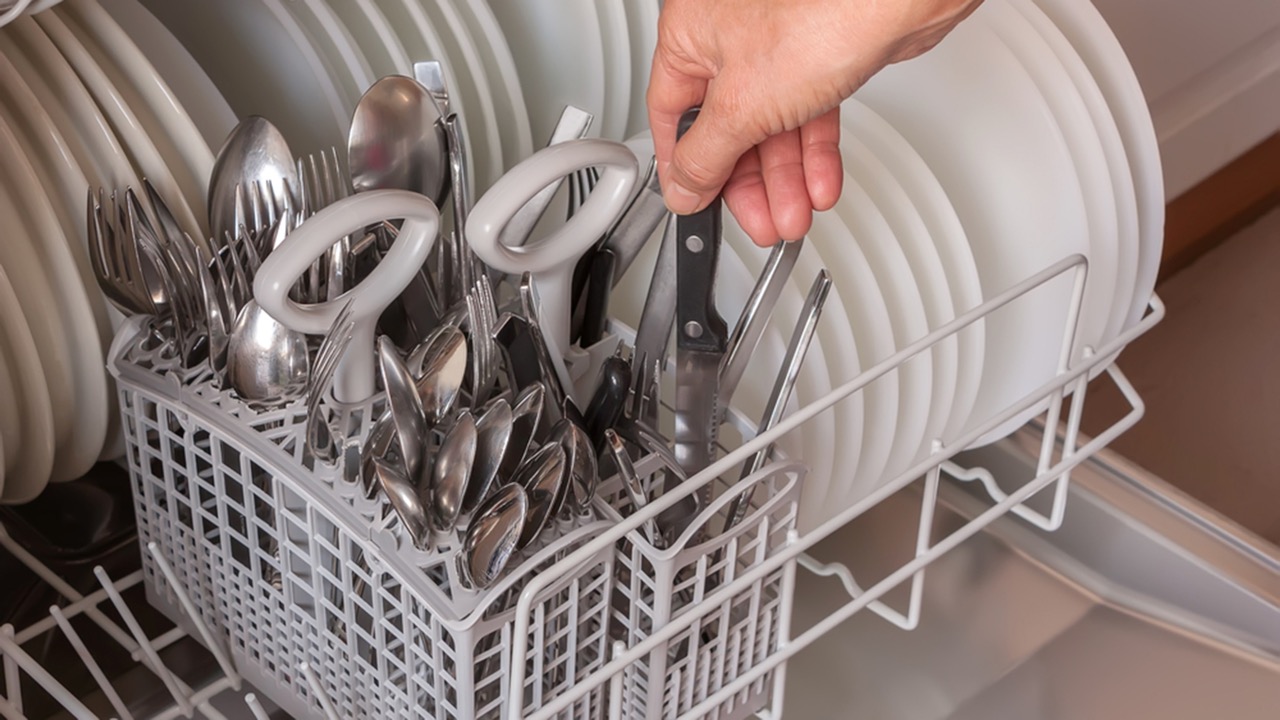
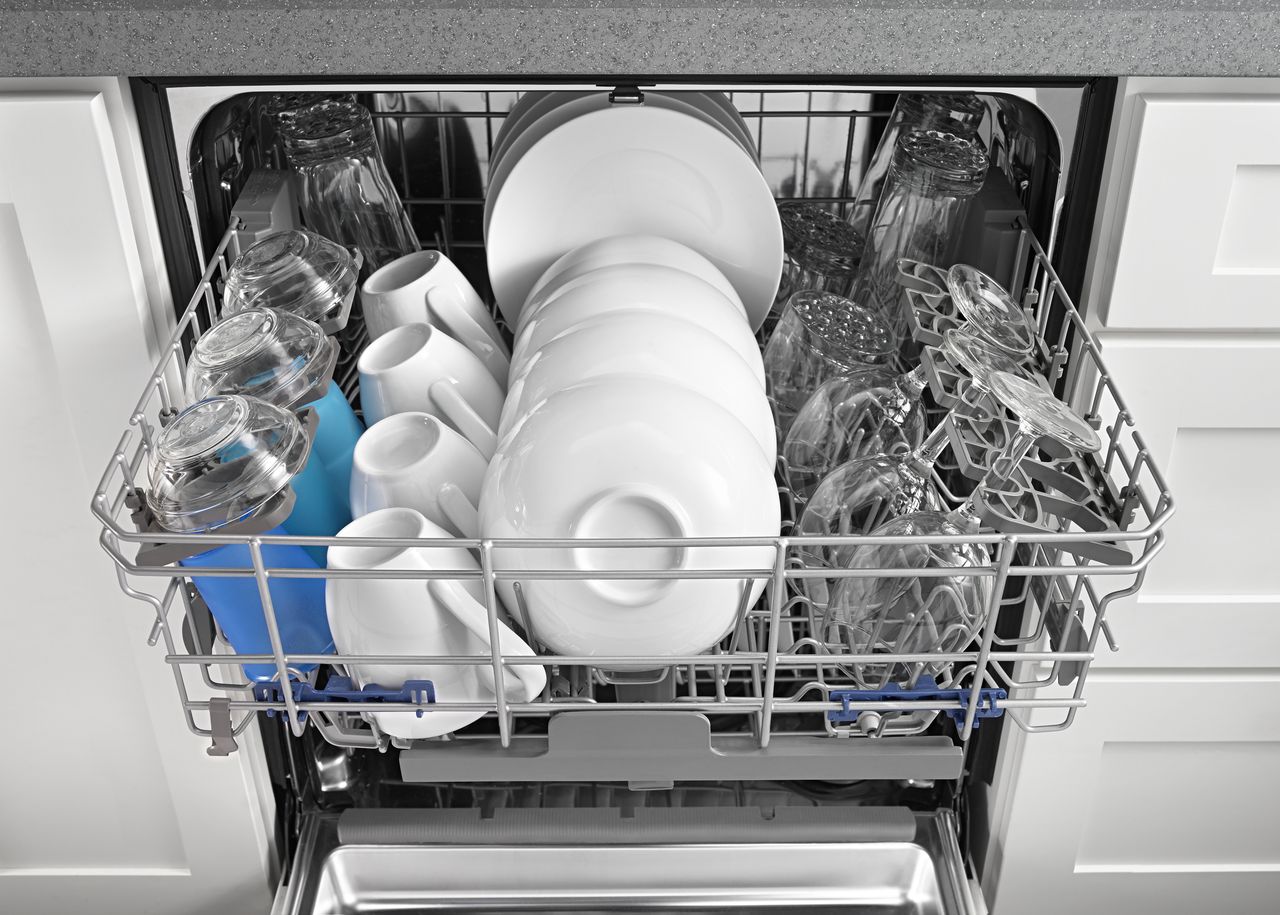
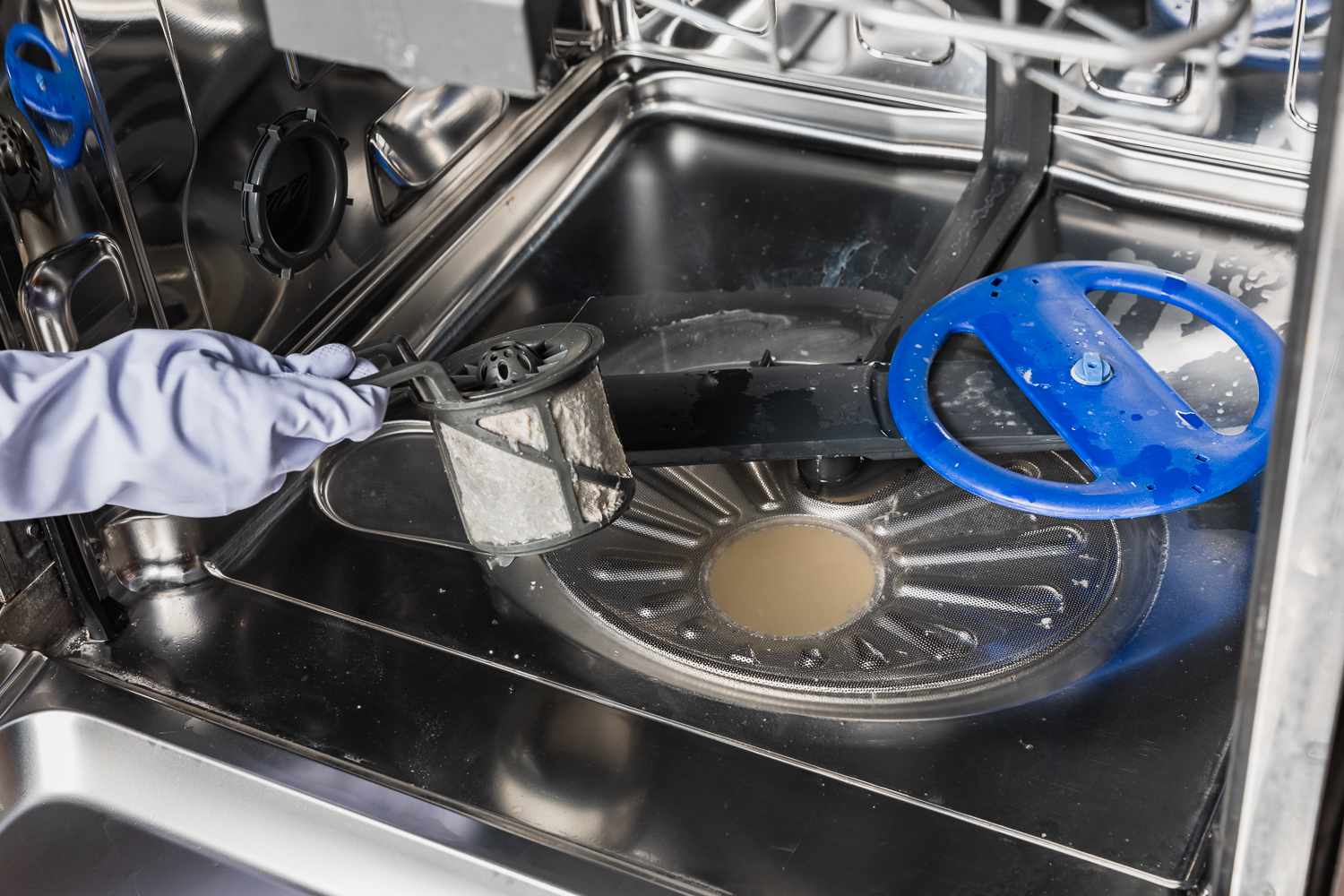
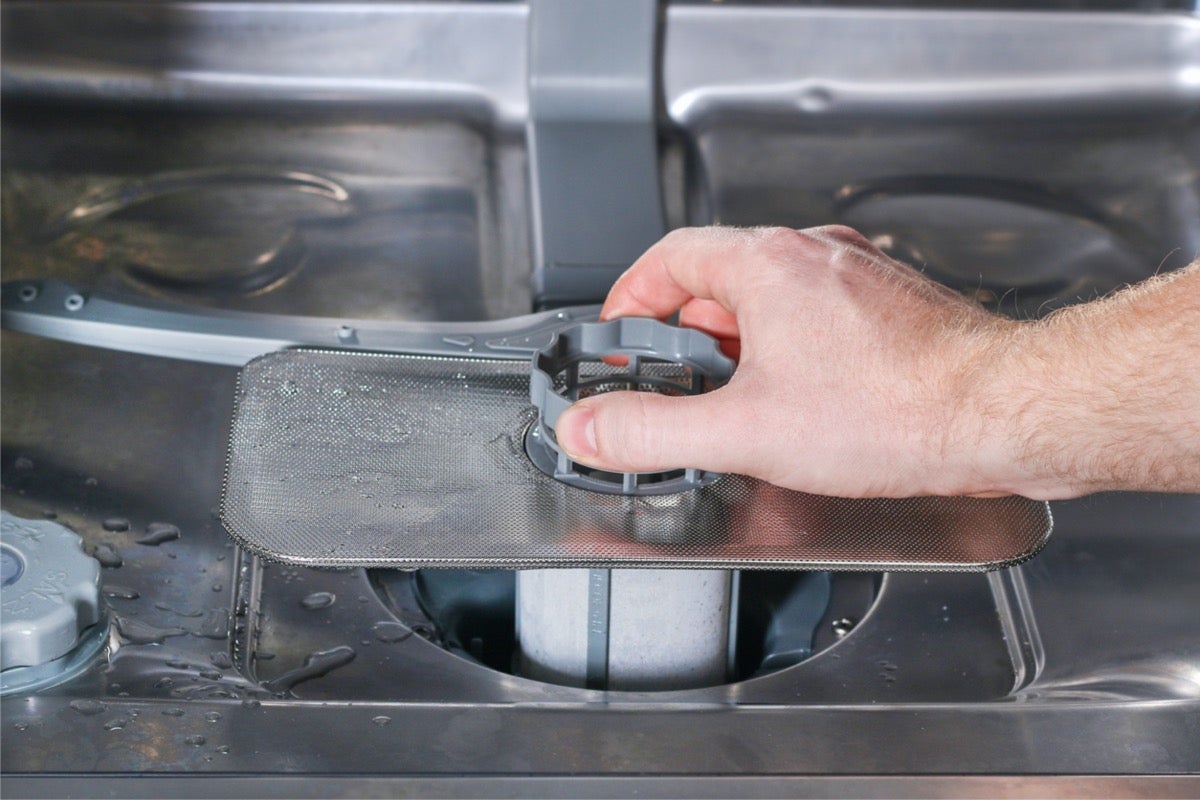
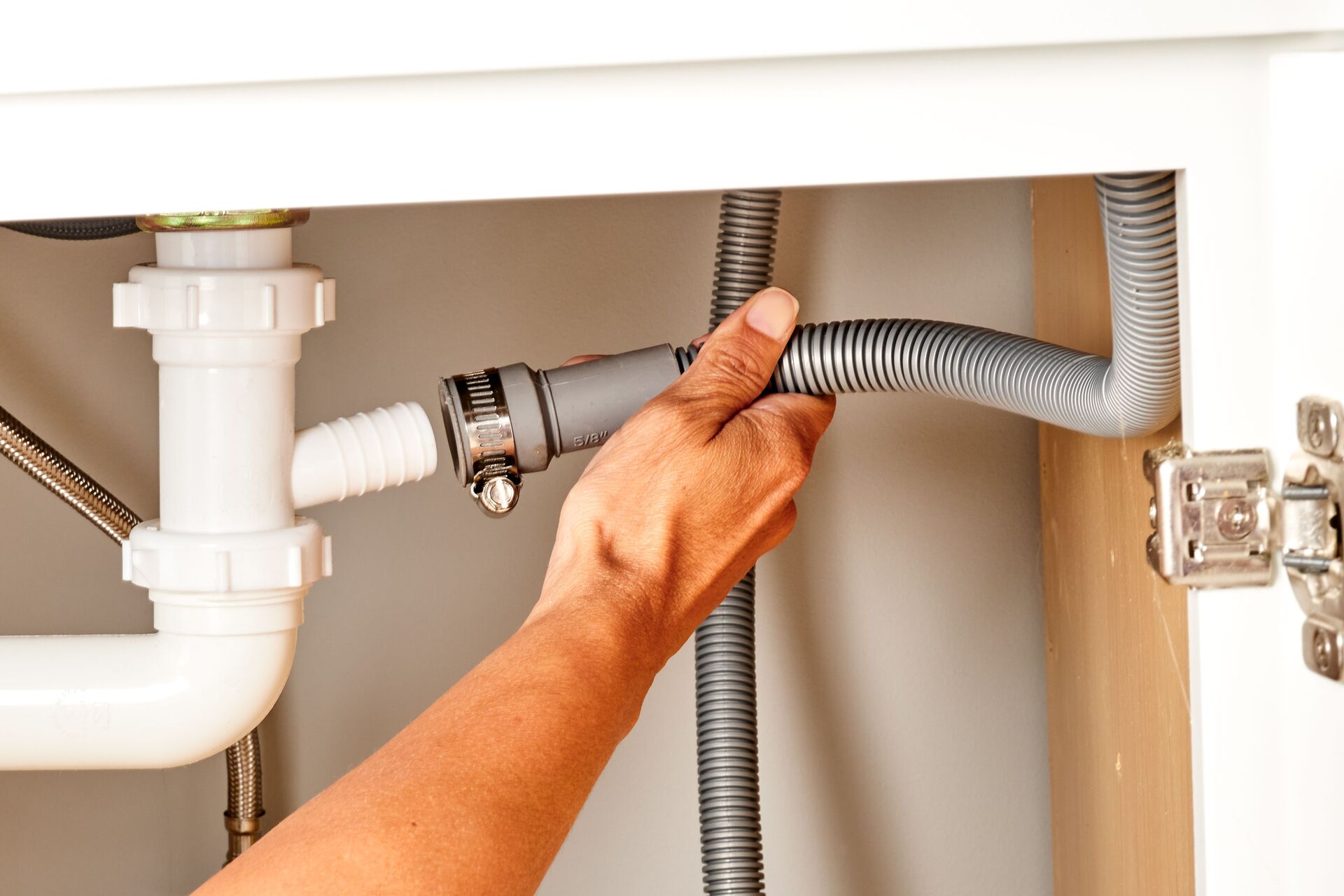
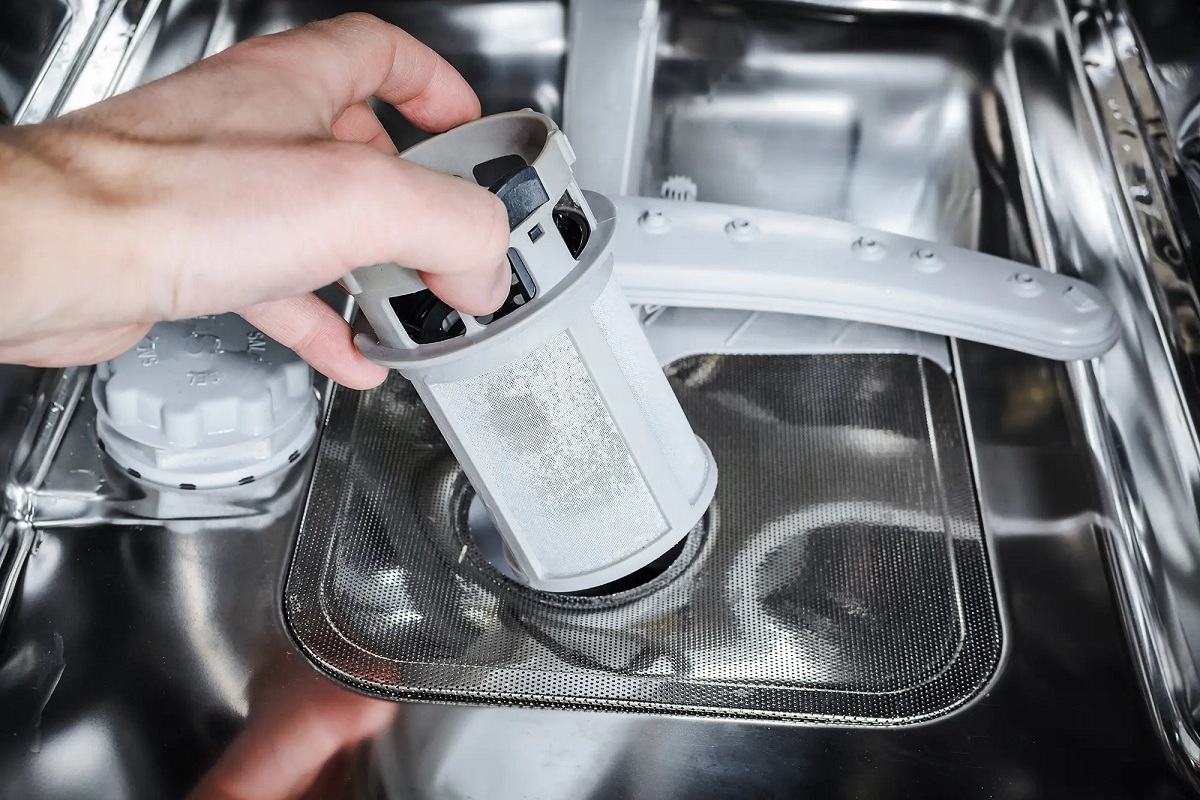
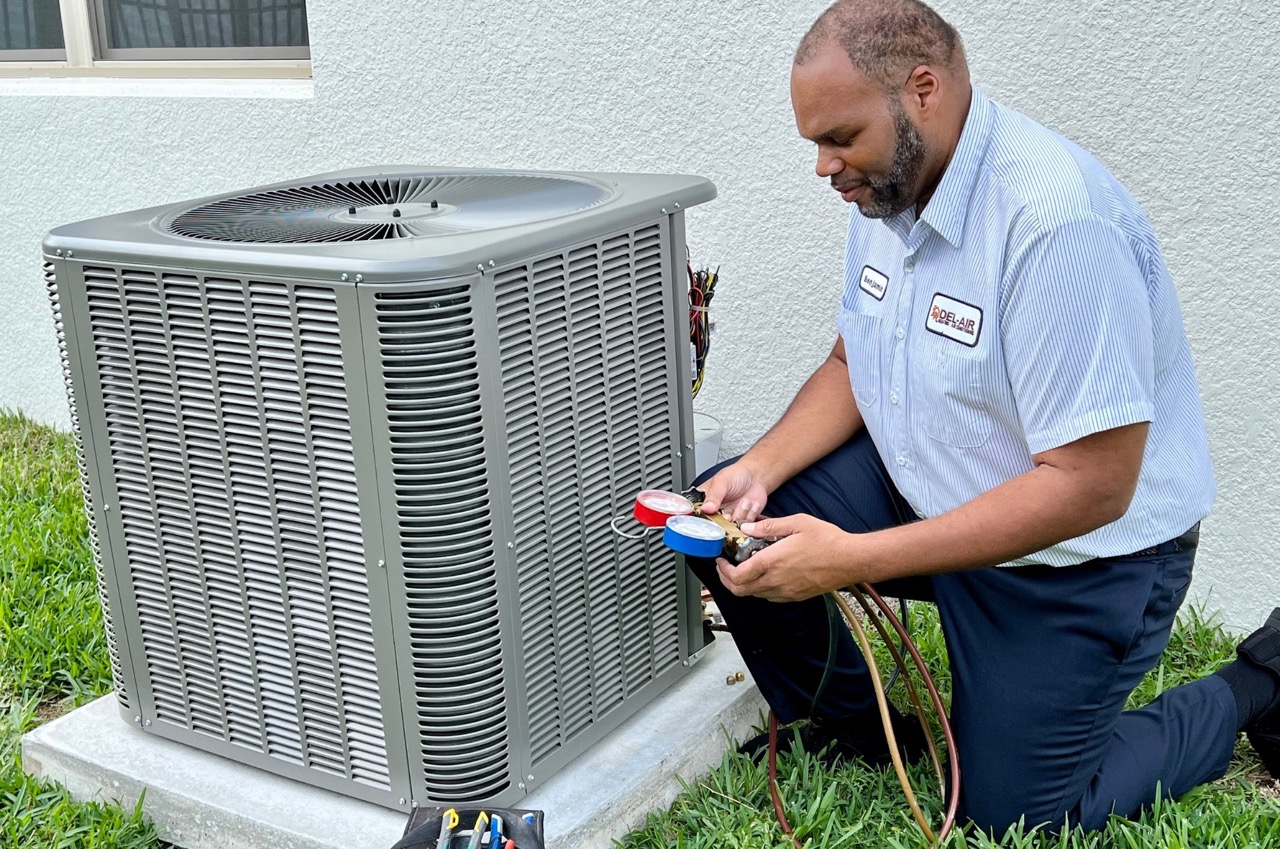
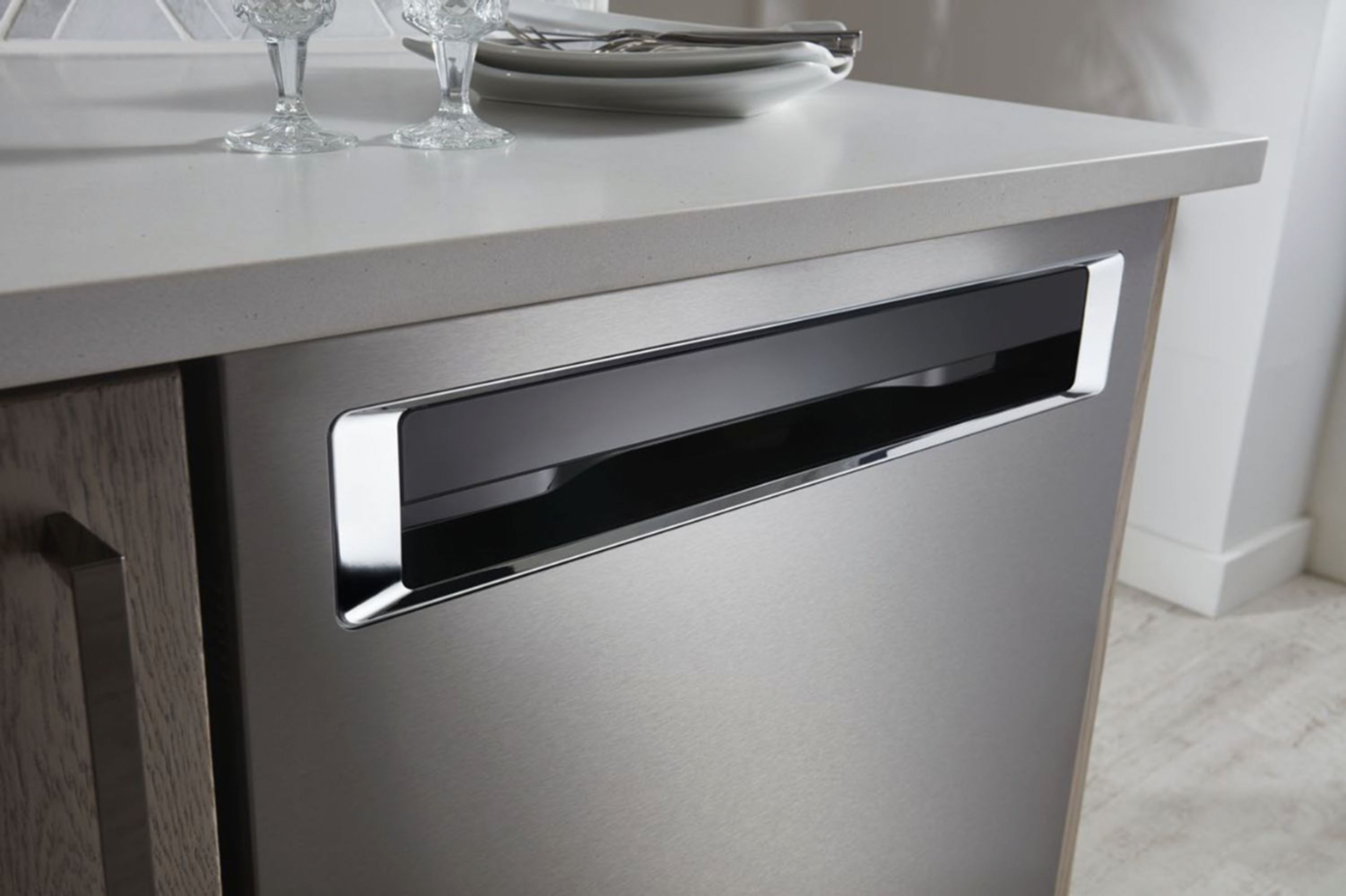
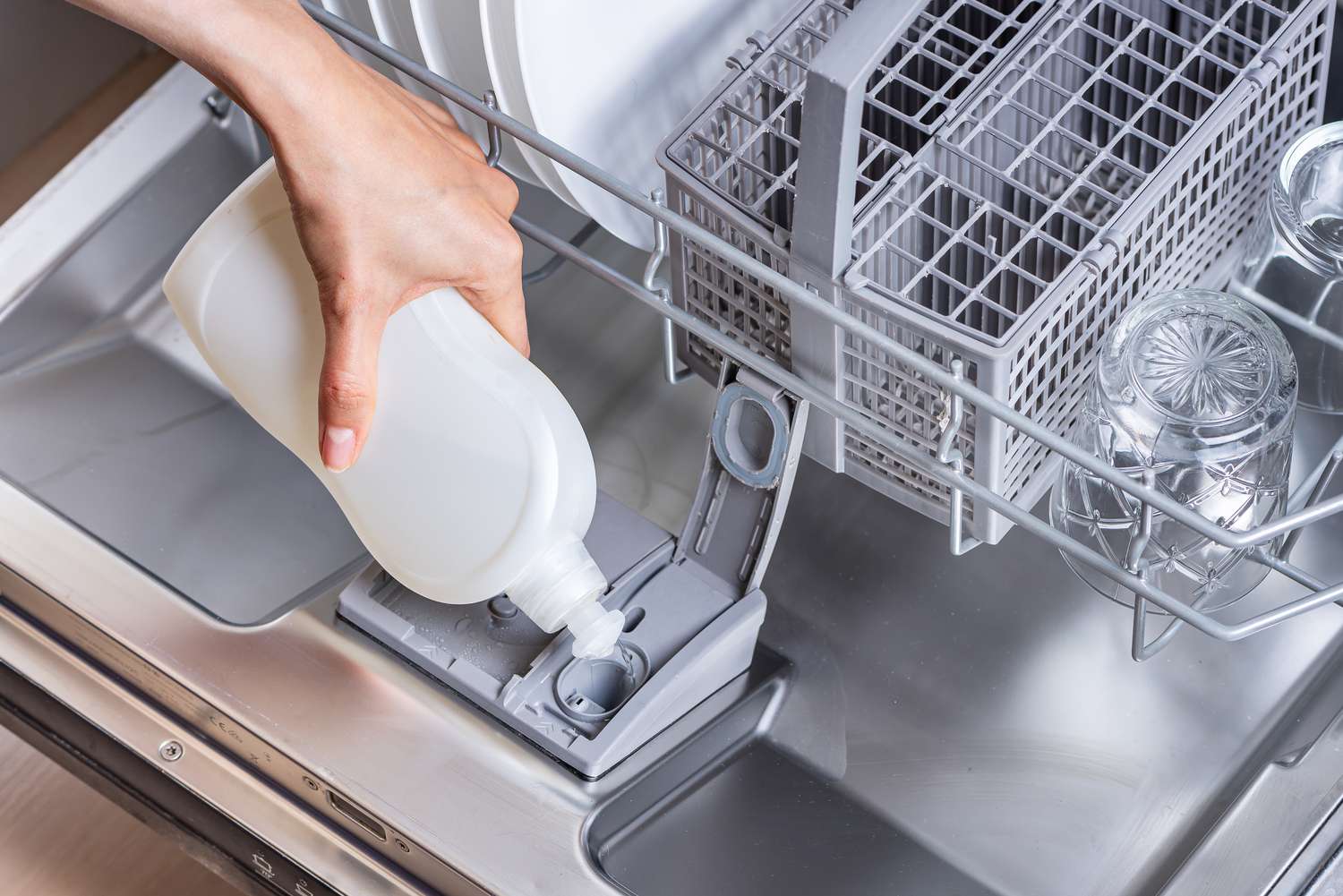
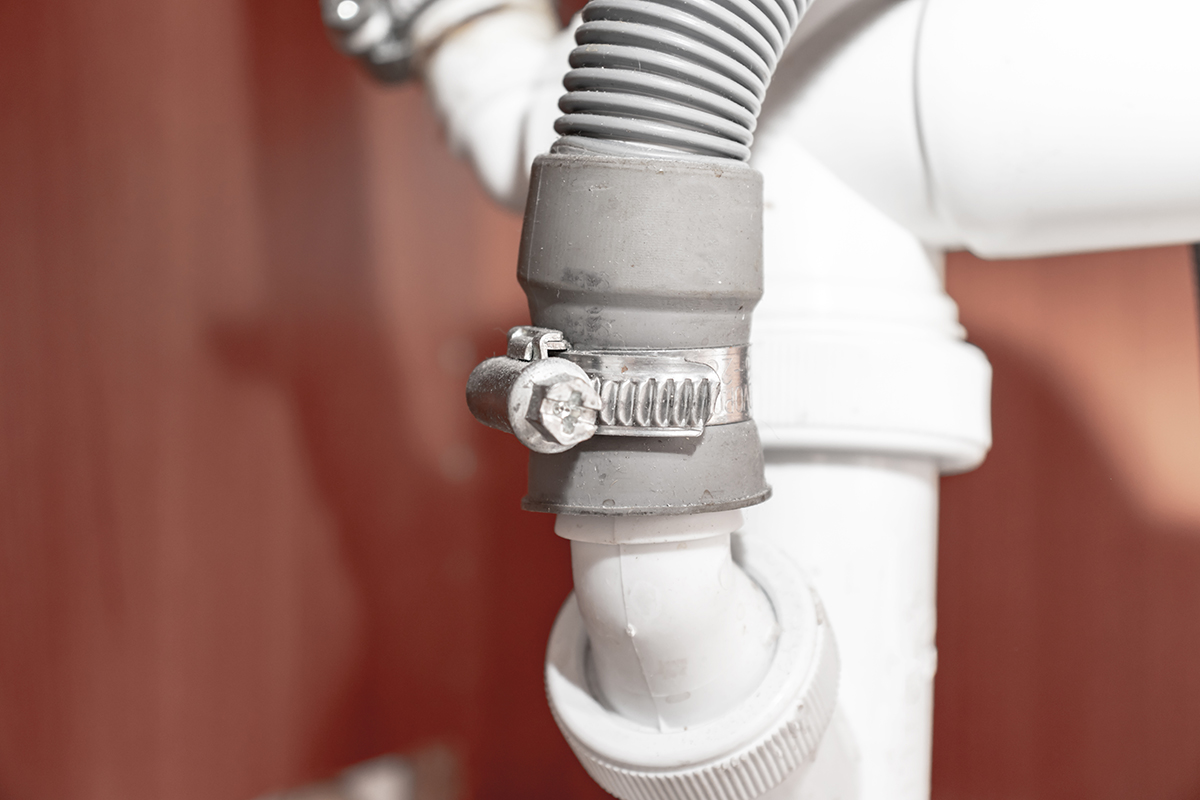
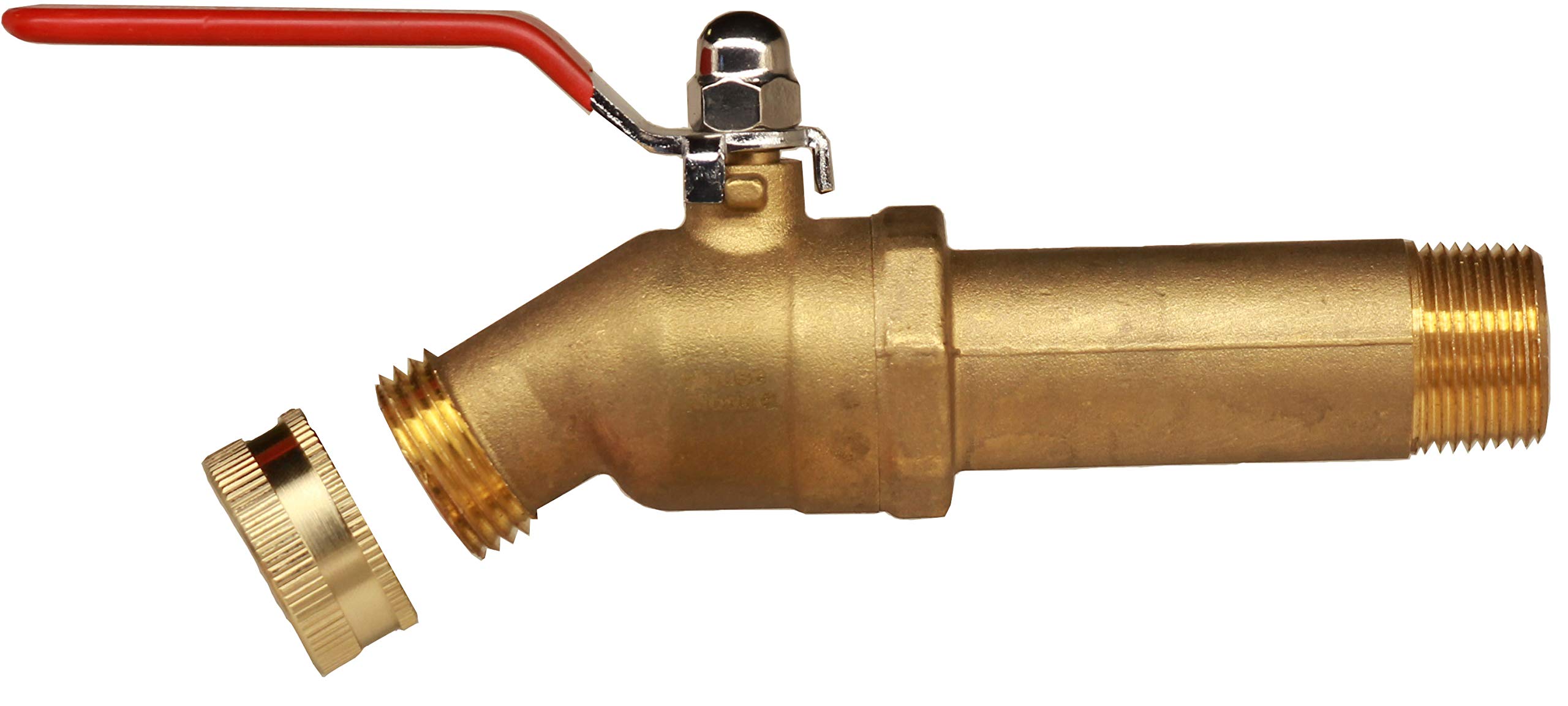
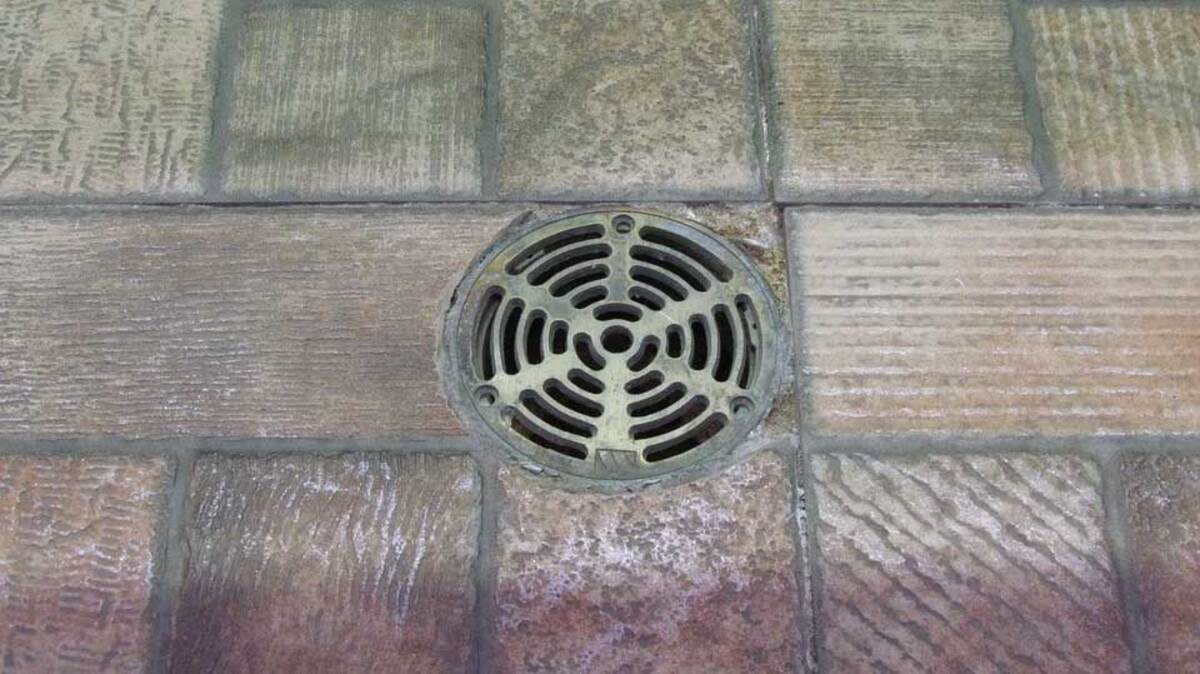
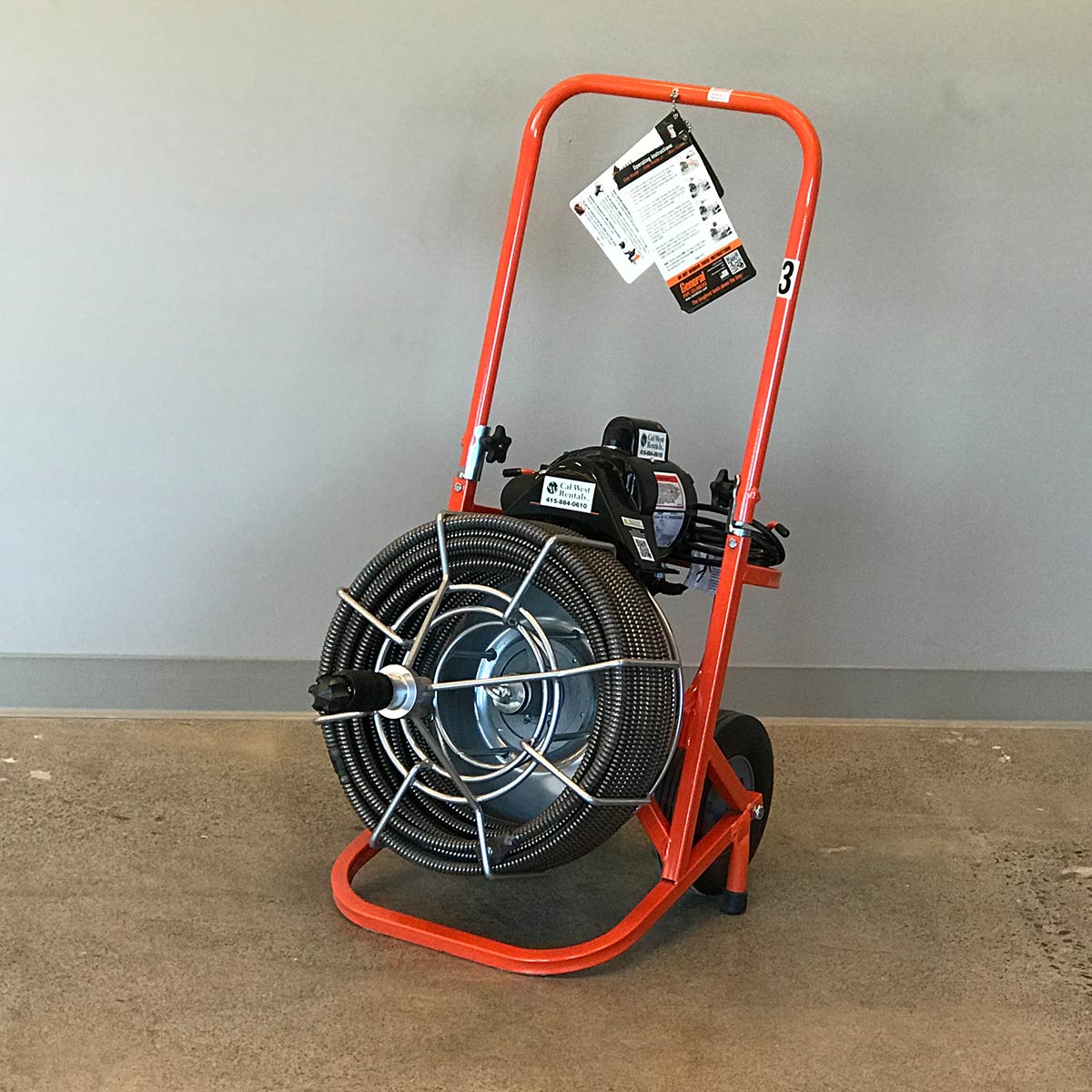

0 thoughts on “Where Is The Dishwasher Drain”